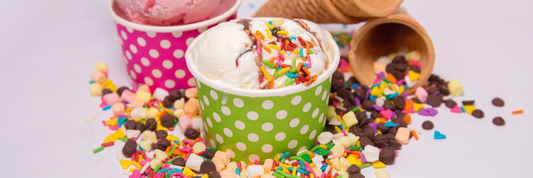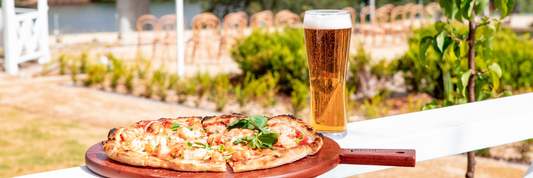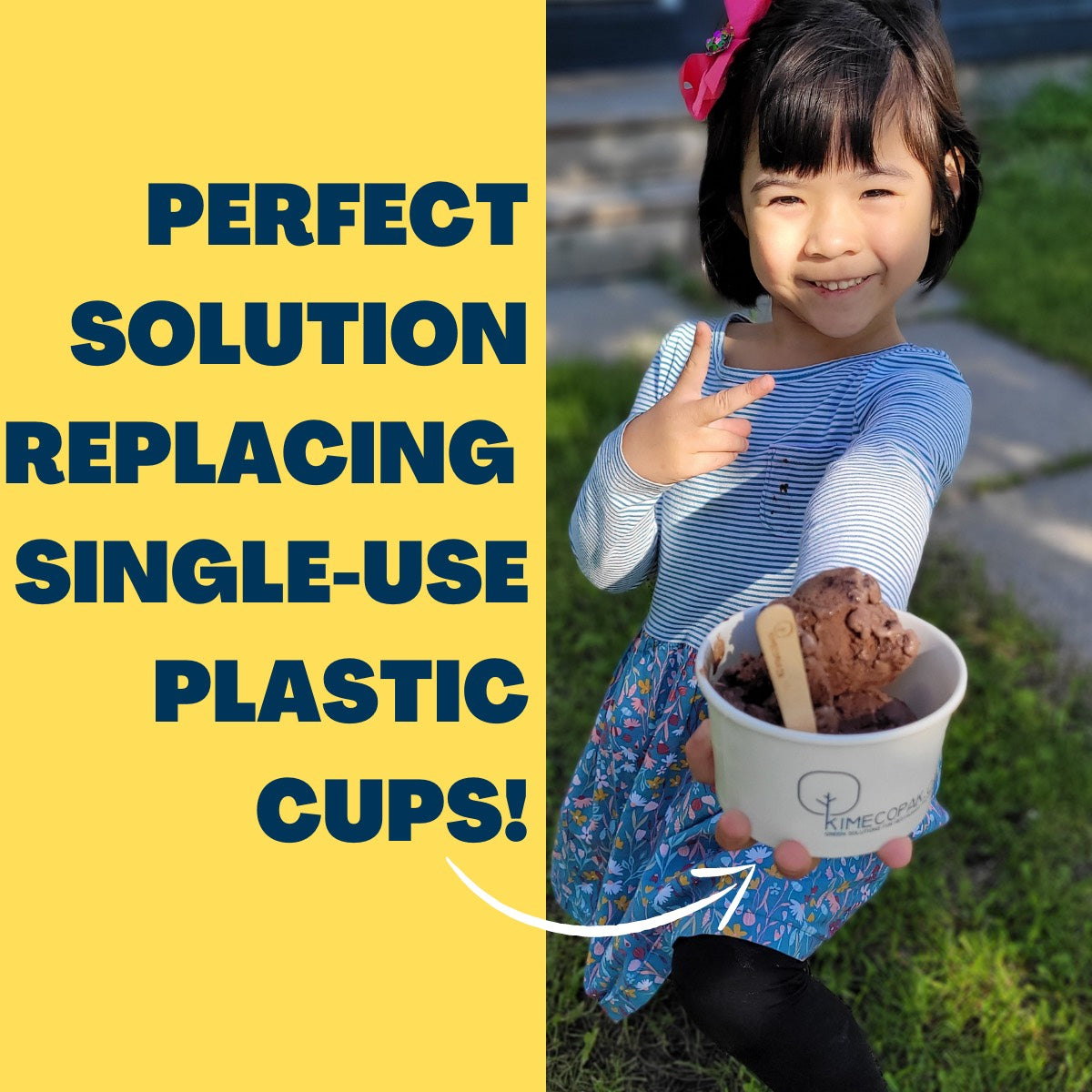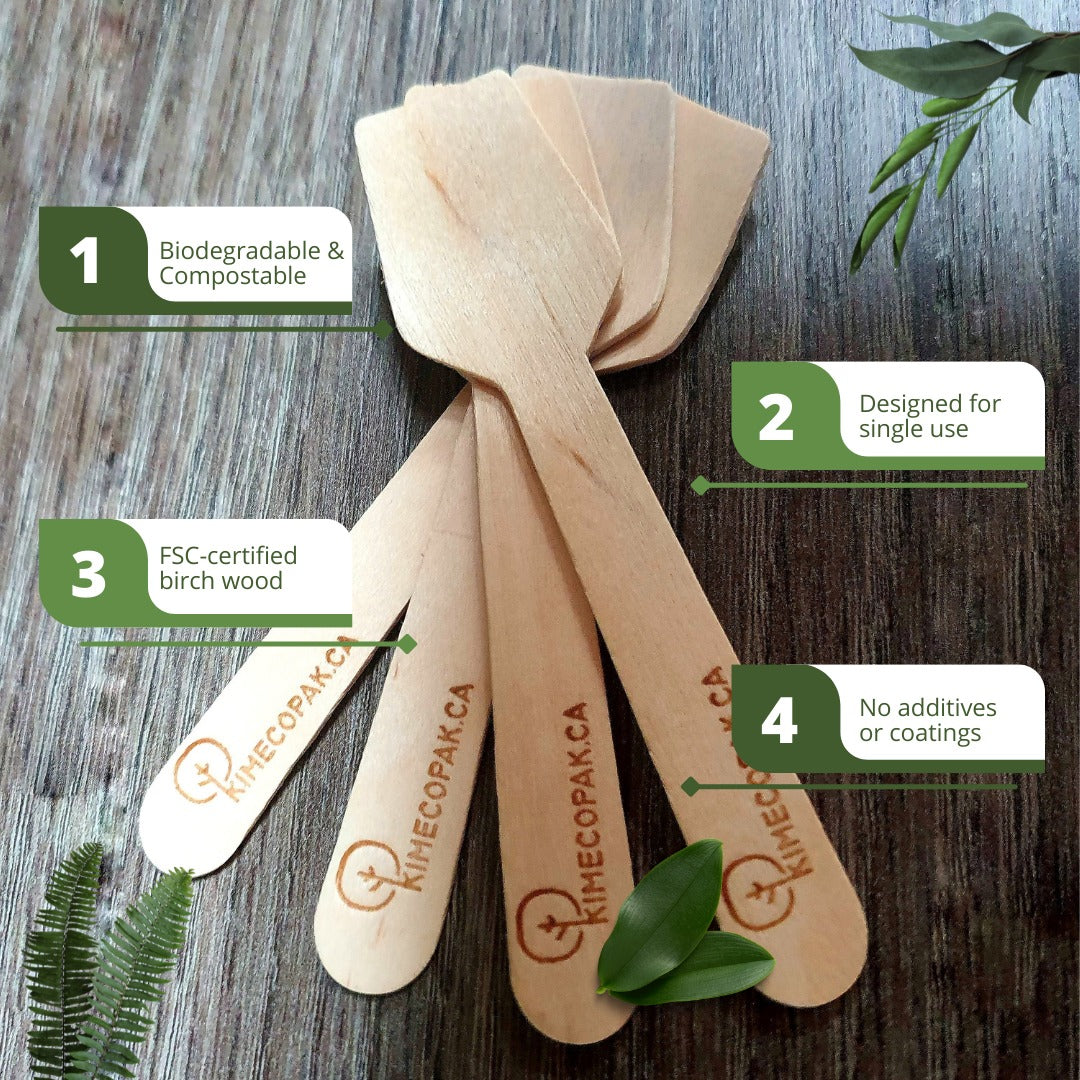Sterilizing jars before pickling is essential to prevent contamination, ensure food safety, and extend the shelf life of your preserves. While some canning methods eliminate the need for pre-sterilization, understanding the best techniques will help you achieve safe and effective results.
In this guide, we’ll walk you through the best ways to sterilize canning jars, the importance of sterilization, and which methods are USDA-approved for home canning.
Do You Need to Sterilize Jars Before Canning?
The need to sterilize jars depends on your canning method and processing time. According to USDA guidelines:
- Sterilization is necessary if you are using a water bath canning method with a processing time of less than 10 minutes.
- Sterilization is optional if your processing time is 10 minutes or longer, as the boiling process kills bacteria and microorganisms.
- For pressure canning, sterilization is not required because high temperatures eliminate bacteria.

Common Misconceptions About Sterilizing Jars
- Boiling jars for a few minutes is enough. (False – proper sterilization requires at least 10 minutes at boiling temperatures.)
- Dishwashers automatically sterilize jars. (False – only certain high-temperature settings sanitize properly.)
- Oven sterilization is a reliable method. (False – glass jars can shatter due to dry heat.)
Preparing Jars for Sterilization
Before sterilizing your jars, follow these preparation steps:
1. Select the Right Jars
- Use mason jars or other glass jars designed for canning.
- Avoid reusing store-bought jars (e.g., pasta sauce jars) as they may not withstand high heat.
2. Inspect for Damage
- Check for cracks, chips, or defects in the glass.
- Discard any rusty or dented jar lids and bands.
3. Wash Jars Thoroughly
- Rinse jars with warm water and dish soap.
- Scrub away any food residue.
- Rinse thoroughly to remove soap traces.
Best Methods to Sterilize Canning Jars
There are multiple ways to sterilize jars, but not all methods are equally effective. Below are the safest and most recommended approaches:
1. Boiling Water Method (USDA-Approved)
This is the most widely used and safest method for sterilizing canning jars.
Step-by-Step Instructions:
- Fill a large pot or water bath canner with water.
- Submerge clean jars in the water, ensuring they are completely covered.
- Bring the water to a rolling boil (212°F / 100°C at sea level).
- Boil jars for at least 10 minutes.
- Altitude Adjustment: Add 1 extra minute for every 1,000 feet above sea level.
- Use jar tongs to remove jars, placing them upside down on a clean towel.

2. Pressure Canner Sterilization
A pressure canner reaches higher temperatures (240°F / 115°C) than boiling water, making it an effective sterilization method.
How to Sterilize Jars in a Pressure Canner:
- Place jars on the canning rack inside the pressure canner.
- Add 2–3 inches of water.
- Seal the lid and heat until steam escapes steadily.
- Maintain pressure at 10–15 PSI for at least 10 minutes.
- Let jars cool before removing them.

3. Dishwasher Sterilization (Safe or Not?)
Dishwashers can sanitize jars but may not fully sterilize them. If using this method:
- Run the hottest wash cycle with a heated dry option.
- Avoid using detergent, as it can leave residues.
- Keep jars inside the closed dishwasher until ready to use.
Best practice: If using a dishwasher, follow up with the boiling water method for extra safety.
4. Oven Sterilization (Safe or Not?)
Many people believe you can sterilize jars in the oven, but this is not recommended.
- Dry heat does not kill bacteria effectively.
- High temperatures can cause glass jars to crack or shatter.
- The USDA and food safety experts do not recommend oven sterilization.
5. Steam Sterilization (Alternative Method)
Steam can be an effective alternative to boiling water.
How to Sterilize Jars with Steam:
- Use a steam canner or a large pot with a steam rack.
- Add 2–3 inches of water and bring it to a boil.
- Place jars upside down in the steam rack.
- Steam jars for at least 10 minutes.
- Remove jars carefully with jar lifters.

Keeping Jars Sterile Before Use
Once jars are sterilized, keeping them clean and contamination-free is crucial.
- Do not touch the inside of the jars or jar rims.
- Place sterilized jars on a clean towel to prevent contamination.
- Keep lids and rings clean—boil metal lids for 5 minutes before use.
- Use jars immediately or keep them warm in hot water until filling.
Common Mistakes to Avoid in Canning Jar Sterilization
Skipping sterilization when necessary – Some recipes require sterilization to prevent spoilage.
Using damaged or old jars – Weak glass can break under high heat.
Not drying jars properly – Excess moisture can encourage bacteria growth.
Touching jar rims with dirty hands – Always use clean utensils or gloves.
Final Tips for Safe Home Canning
- Always use tested recipes and follow USDA food safety guidelines.
- Ensure proper sealing by checking lids after cooling.
- Store jars in a cool, dark place to prevent spoilage.
- Watch for signs of contamination, such as mold, bulging lids, or off-smells.
FAQs on Canning Jar Sterilization
Can I sterilize jars in advance?
Yes, but they should be used immediately or kept warm in hot water until filling.
What happens if I don’t sterilize jars before canning?
Unsterilized jars can lead to bacterial contamination, mold growth, and spoilage.
Can I reuse store-bought jars for pickling?
It’s not recommended, as they are not designed for repeated high-heat exposure.
Conclusion
Sterilizing jars for pickling is a critical step in safe home canning. The boiling water method is the safest and most recommended approach, while pressure canning and steam sterilization are effective alternatives. Avoid oven sterilization, and if using a dishwasher, ensure the highest heat setting is used.
By following proper sterilization techniques, you can prevent contamination, extend shelf life, and ensure delicious, safe homemade pickles for months to come.
Now that your jars are sterilized, it's time to start pickling! Happy canning!







